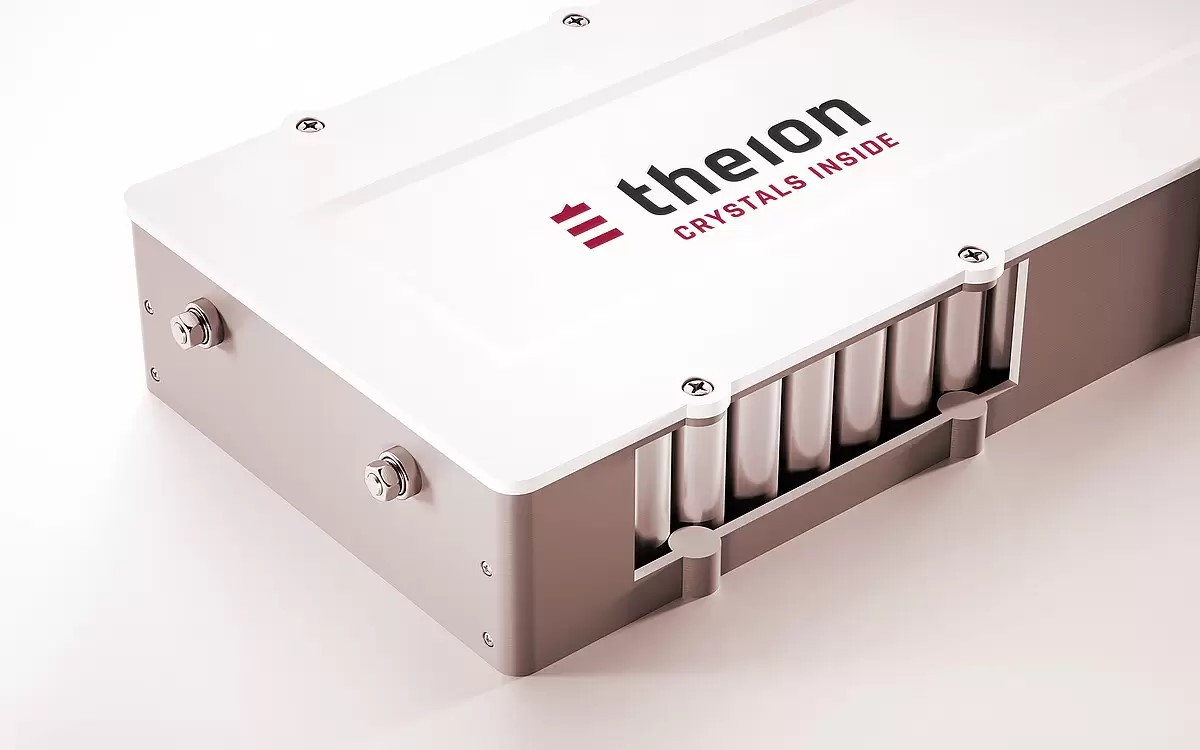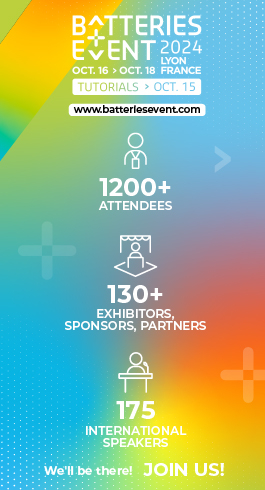2 minutes reading time
(458 words)
Theion claims breakthrough in ultra-fast charging, safe battery anode technology
Berlin-based battery company theion recently announced a "disruptive innovation" in battery technology, with its breakthrough anode chemistry. The company has also received third-party validation for the technological development, in which the anode had exhibited stable cycling performance in a symmetrical cell configuration.
The company claims that the breakthrough chemistry is ideally suited to for the demanding needs of the electric aviation, also transformative to electric mobility in automotive and marine applications. The anode chemistry has successfully reached over 2,000 charging and discharging cycles in the initial tests.
Unlocking the challenge of a durable, lightweight and energy dense anode is one of the key enablers for lithium-sulfur batteries, offering triple the energy density of conventional lithium-ion batteries, at just one-third of the cost while requiring significantly less energy to produce, the company notes.
One of the biggest challenges of batteries using lithium metal as the anode is the formation of dendrites during fast charging and discharging, posing a safety risk. In line with its research on lithium-sulfur batteries, theion has developed a lightweight polymer host with special coatings to replace state-of-the-art anode chemistries such as graphite, silicon-rich graphite or lithium metal foils.
"Our new anode design is an important milestone," said Dr. Ulrich Ehmes, CEO of theion. "With our host anode chemistry optimised and tested over several thousand cycles, we have solved the dendrite and fast charging problem of lithium metal anode. This is a key component for our high-performance lithium-sulfur cell", he added.
Unlocking the challenge of a durable, lightweight and energy dense anode is one of the key enablers for lithium-sulfur batteries, offering triple the energy density of conventional lithium-ion batteries, at just one-third of the cost while requiring significantly less energy to produce, the company notes.
"Our breakthrough in lightweight and fast-charging battery chemistry makes lithium-sulfur batteries ideal for electric powertrains in aviation, such as eVTOLs and traditional prop-driven aircraft" said Marek Slavik, co-founder of theion.
"The fundamental difference between sulfur and existing LFP, NMC or other transition meta-based cathodes is that sulfur, as a multistep redox conversion cathode, is able to release 16 electrons compared to, as an example, an insertion type LFP cathode, which can release just one electron".
"Ultimately, it is the energy density of 16 versus one electron that will spin the wheels on your electric car or turn the fans or props on an electric aircraft", added Slavik.
It is to be noted that theion has a successful track record and significant investments in eVTOL companies, making its latest innovations highly synergetic. In addition, the company also claims to have generated significant interest from leading players in the aviation industry to support them on their path to electric flight.

Addionics to build $400 mn US facility to make copper anodes for batteries
Addionics has announced its first manufacturing facility in the United States, as part of its planned $400 million investment into three-phase multi-factory roadmap to support domestic EV battery production in the country.
























